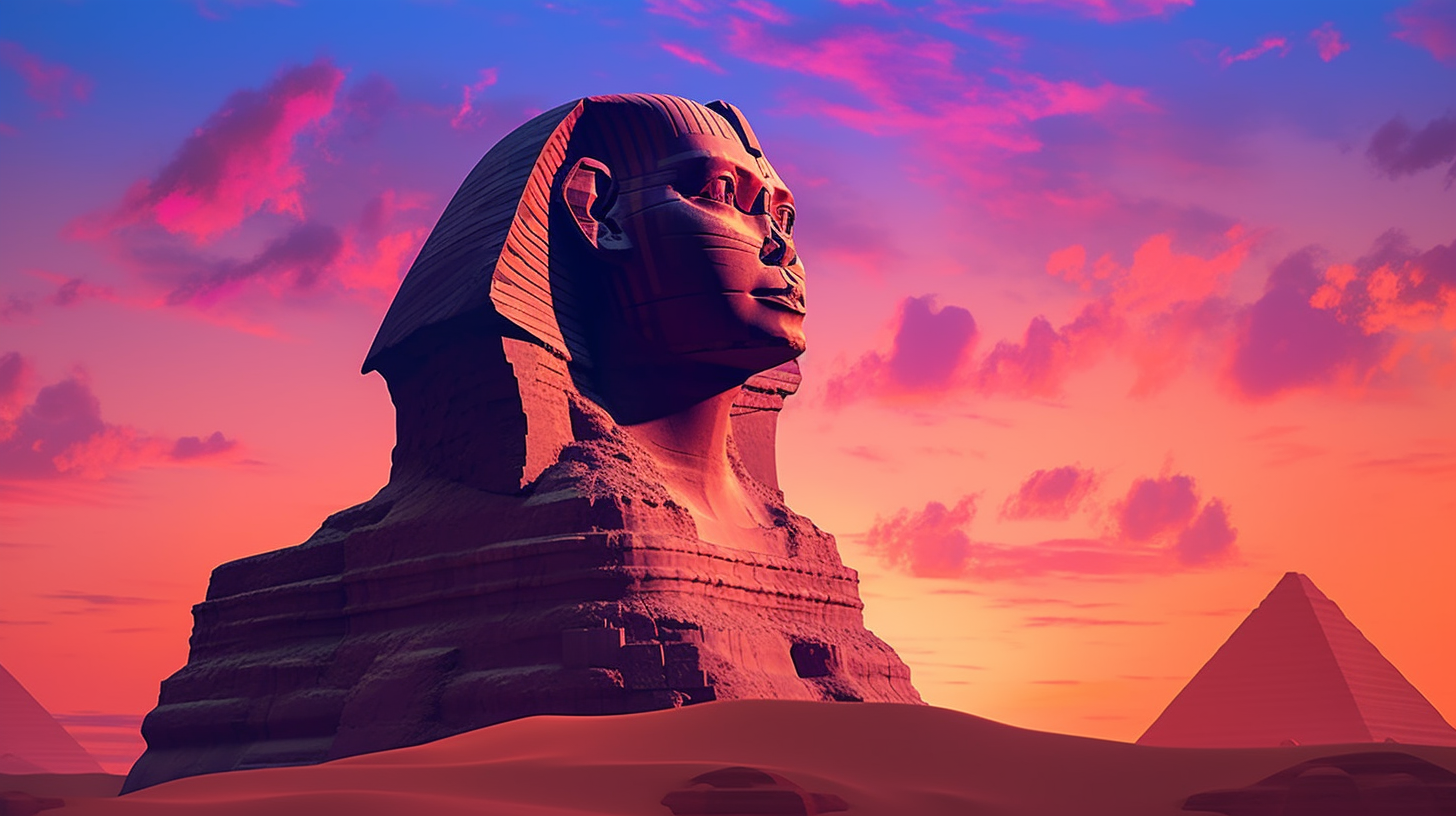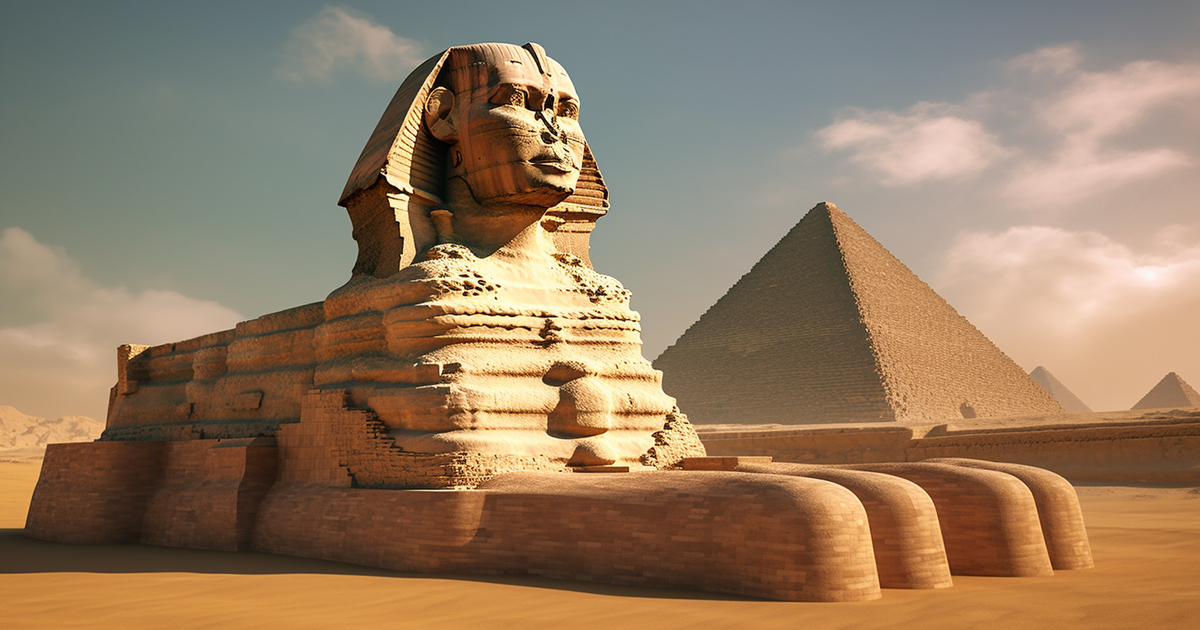Begin the Voyage:
In the vast expanse of Egypt, where time drifts like sands, a mysterious guardian has stood for ages, captivating the minds of generations. The Great Sphinx of Giza, with the body of a lion and a human head, continues to fascinate archaeologists, historians, and curious souls alike. This iconic symbol of ancient Egypt embodies secrets, mysteries, and a plethora of unanswered enigmas. Explore the historical importance, theories, and ongoing investigations surrounding this eternal wonder in the following piece.
A Tribute to Ancient Mastery:
Legend has it that the Great Sphinx was sculpted during the reign of Pharaoh Khafre in the Fourth Dynasty of the Old Kingdom, around 2500 BCE. Carved from a single limestone mass, this colossal monument towers 20 meters high and stretches an impressive 73 meters in length. The primary purpose behind its creation remains a subject of speculation, giving rise to various theories over time.

Symbols and Importance:
One prevalent theory suggests that the Sphinx symbolizes a protector of divine wisdom and insight. The human face, often believed to resemble Khafre, might represent the pharaoh’s divine connection and his role as an intermediary between the earthly and heavenly realms. On the other hand, the lion’s body signifies bravery, supremacy, and defense. The Sphinx’s positioning towards the east corresponds to the sunrise and the circle of rebirth, embodying eternal life in the ancient Egyptian belief system.
Riddles and Conundrums:
Despite centuries of study on the Sphinx, numerous mysteries still veil this ancient puzzle. A compelling conundrum lies in the erosion patterns evident on its structure, especially the significant weathering on its flanks. These patterns have spurred various theories, with geologist Dr. Robert Schoch proposing an earlier origins for the Sphinx, dating back to a wetter era in Egypt’s past. This challenges the prevailing notion of the Sphinx’s construction during the Old Kingdom.
Additionally, the absence of inscriptions or direct textual connections linking the Sphinx to its creators adds to the intrigue. While many ancient Egyptian structures bear inscriptions or hieroglyphs providing insights into their purpose or builders, the Sphinx remains a mysterious anomaly.
Modern Scientific Ventures:
Contemporary technologies have opened new avenues in deciphering the Sphinx’s enigmas. Ground-penetrating radar surveys and non-invasive methods have been utilized to explore potential hidden chambers or passages beneath the monument. A notable study led by Dr. Mark Lehner in 1991 revealed intriguing anomalies beneath the Sphinx’s paws. Further inquiries are necessary to reveal the concealed secrets below the desert surface.
Preserving the Heritage:
Ensuring the conservation of the Great Sphinx for future generations is crucial. Environmental factors such as humidity, pollution, and rising water levels have posed threats to the monument over time. Recognizing its historical significance, efforts in restoration and preservation have been set in motion to safeguard this iconic symbol of ancient Egypt’s splendor.
Finale:
The Great Sphinx of Giza continues to mesmerize us with its majestic presence and mysterious allure. As we delve into its ancient origins and contemplate its significance, we are reminded of the unparalleled craftsmanship and artistry of our ancestors. Ongoing explorations, alongside technological advancements, hold the promise of shedding light on the mysteries shrouding this enduring guardian. Amidst the changing world and shifting sands, the Sphinx stands as a timeless testament to humanity’s relentless pursuit of knowledge, resilience, and unquenchable curiosity.
